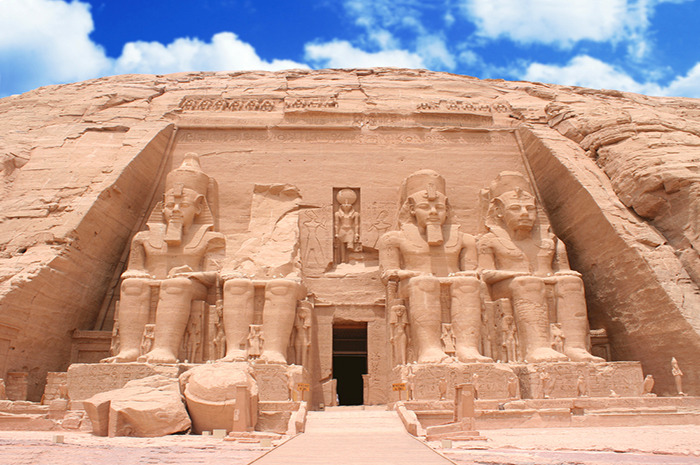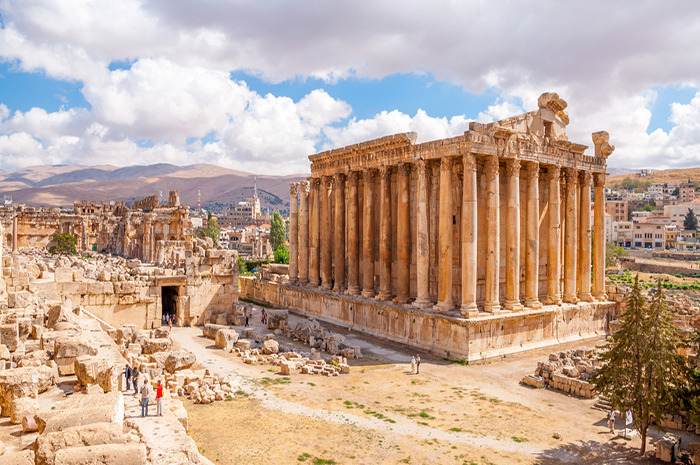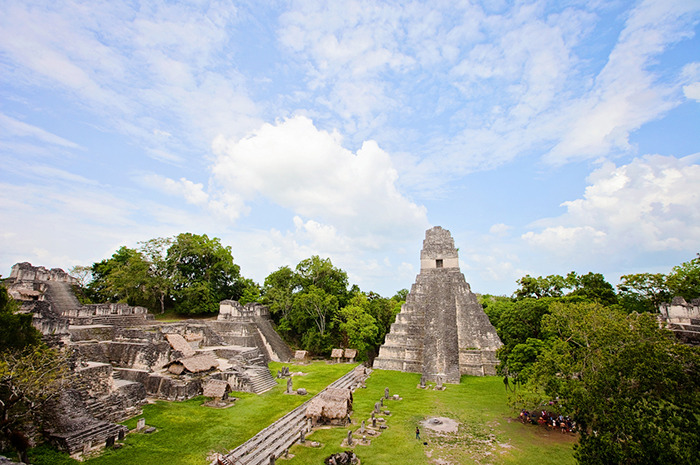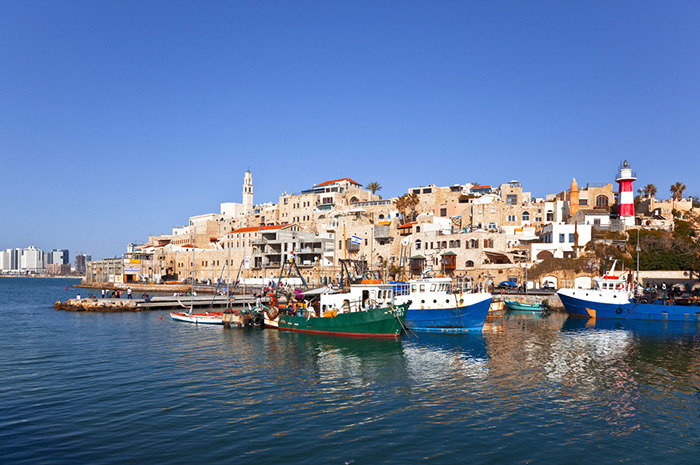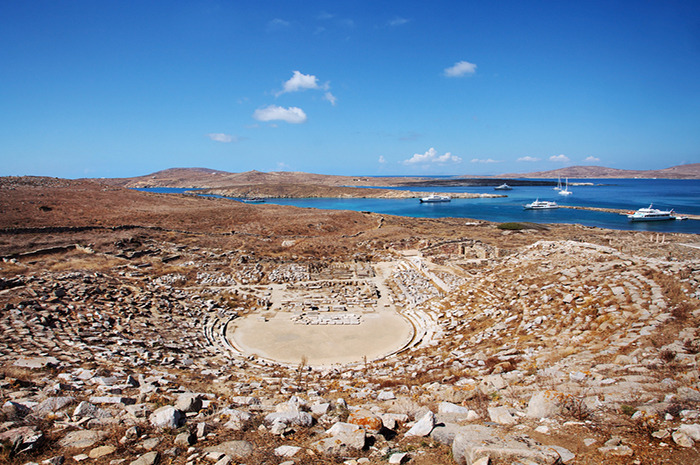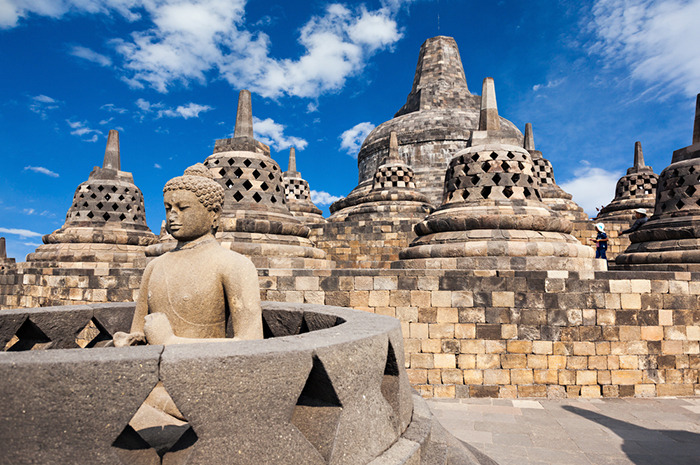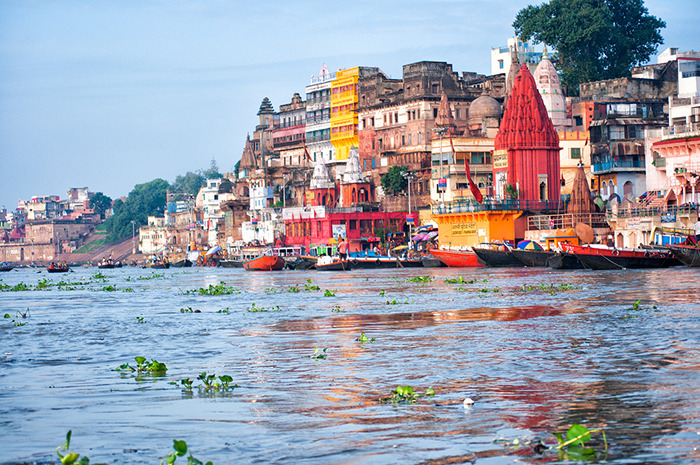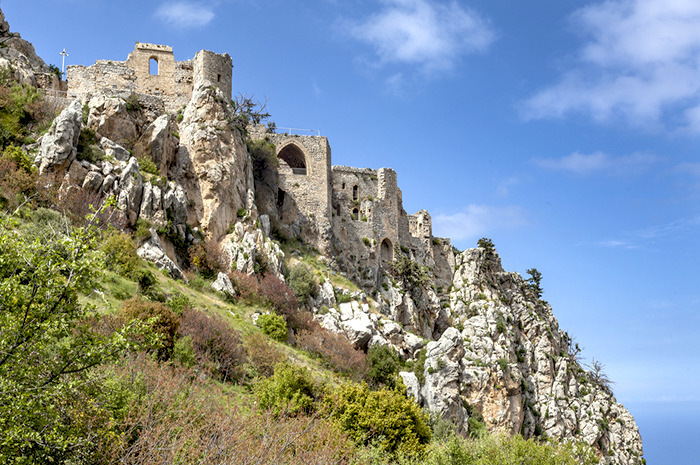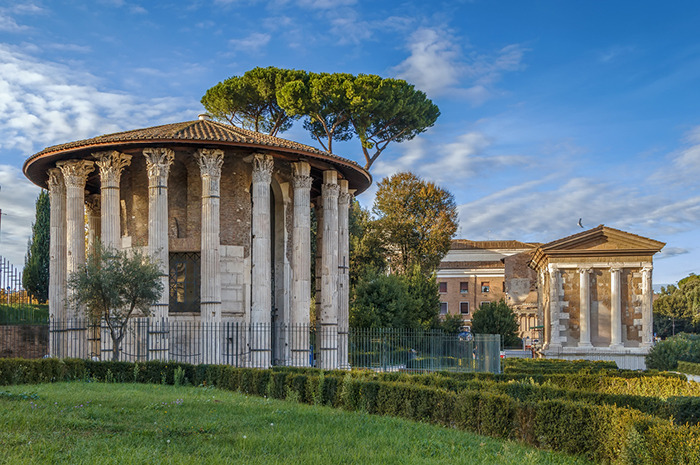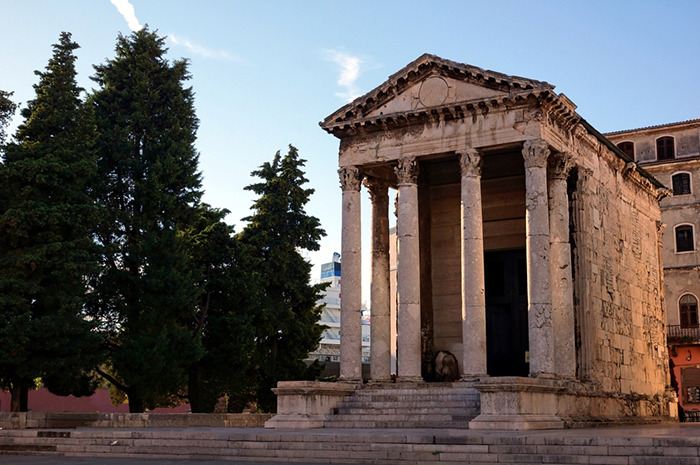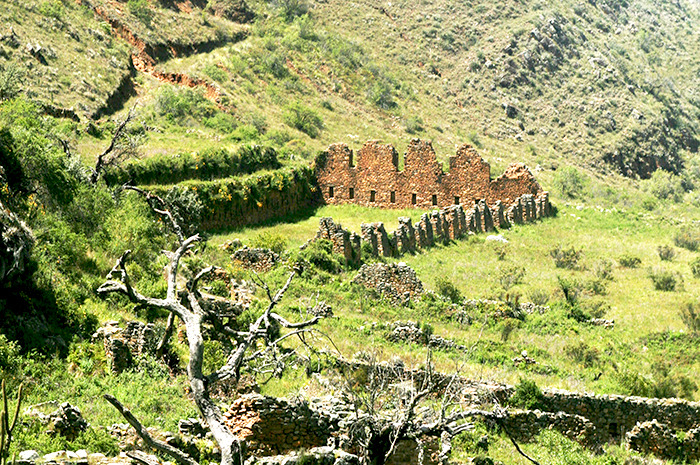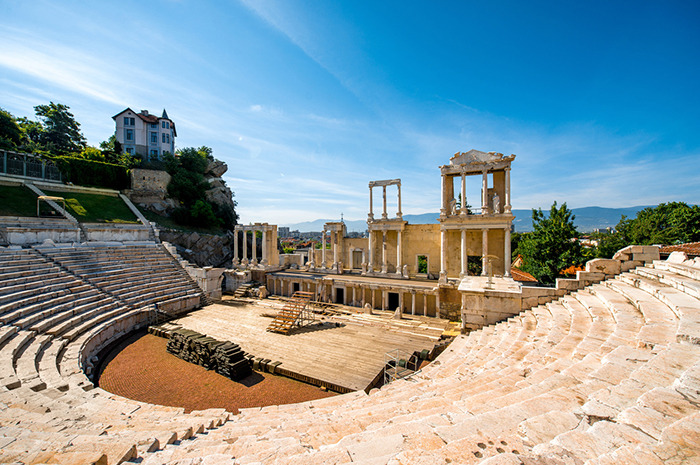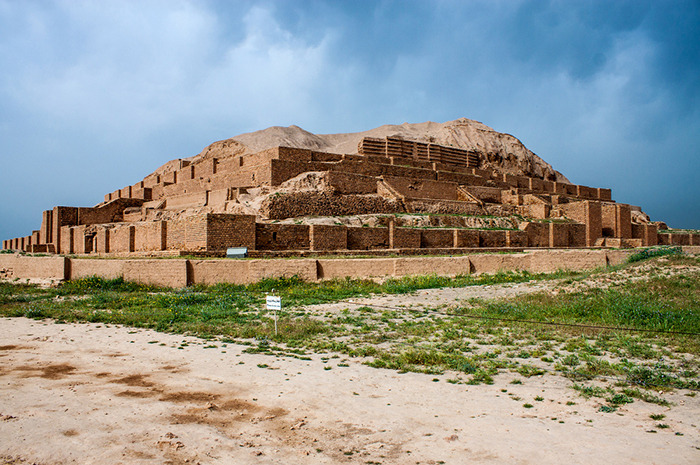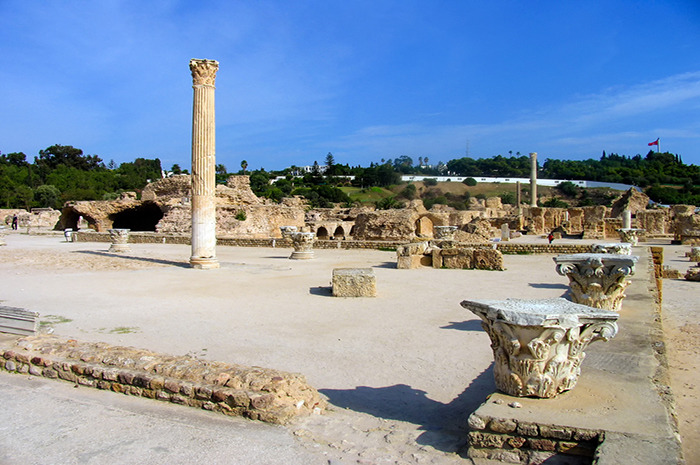15 Lesser-Known Ancient Places Around The World
15 Lesser-Known Ancient Places Around the World
The lesser-known places on the following list are educational and inspiring. They may not be the most popular tourist attractions in the world and they may not even attract many visitors, but they are definitely worth the trip.
Abu Simbel, Egypt
The Abu Simbel Temple was built during the reign of King Rameses ll. It is actually two temples, one of which was dedicated to his wife Queen Nefertari. You can take a Nile River cruise to view the temple and explore it. Also, it is recommended to stay at the Nefertari Hotel Abu Simbel if you are interested in visiting the temple because it's a walking distance from the hotel.
Bagan, Myanmar
You would think that as an ancient Burmese capital with more than 2,000 peaked-dome temples, Bagan would be more famous, but the reputation of the country as a rogue state overshadows this historical place. "The kingdoms of Bagan date to the early second century BC, yet the region entered its golden age much later, during the region of King Anawrahta in 1057," according to Sacred Sites. The river Irrawaddy has washed away nearly one-third of the original city area, and thieves in search of treasures have torn apart many temples.
Baalbek, Lebanon
Baalbek is an ancient Phoenician city, which became an important pilgrimage site for worship of the Phoenician sky-god Baal and the Queen of Heaven. According to Ancient History Encyclopedia, "the center of the city was a grand temple dedicated to Astarte and Baal and the ruins of this early temple remain today beneath the later Roman Temple of Jupiter Baal."
Tikal, Guatemala
Tikal is the ruins of an ancient city that was found in a rainforest. Eventually, Tikal National Park was created. The World Heritage Convention says that "Tikal National Park is one of the few World Heritage properties inscribed according to both natural and cultural criteria for its extraordinary biodiversity and archaeological importance." It has thousands of architectural and artistic remains of the Mayan civilization from the Preclassic Period to the decline and collapse.
Jaffa Port, Israel
Old Jaffa Port was the ancient port of the city of Jaffa, which is where Tel Aviv started growing. The Old Jaffa Port is presumed to be one of the oldest ports in the whole world, according to Tourist Israel, mostly famous for being the port from which Jonah set off in the famous Biblical story of Jonah and the Whale. "Today the port is used largely by local fishermen who continue the centuries old tradition of the area."
Delos, Greece
The Ancient History Encyclopedia reads that Delos is a Greek island located in the Cyclades archipelago which was both an influential political force and a sanctuary to the God Apollo. It's a small island that was first inhabited in the Bronze Age. Check out the remaining marble lions and several fine mosaics.
Borobudar, Indonesia
Borobudur is a spectacular temple; it is known as one of the world's largest Buddhist monuments in the world. It is said that Borobudur was likely founded around 750 AD. For centuries it was hidden under volcanic ash but was rediscovered in 1814. Visit Borobudur today to see this gigantic monument with over 2 million stone blocks (Sacred Destinations).
Ganges View, India
Ganges View is located on the banks of the Ganges River. It is one of the oldest inhabited cities in the world. The river flows through India and Bangladesh and is one of the most sacred rivers to Hindus.
Saint Hilarion Castle, Cyprus
Saint Hilarion Castle is situated in the Kyrenia mountain range. It was originally a monastery later turned into a castle. Fun Fact: The Saint Hilarion Castle formed the template for Walt Disney's Magic Kingdom.
Temple of Hercules Victor, Rome
There are so many ancient sites to see in Rome, it's easy to overlook the Temple of Hercules Victor in the Forum Boarium. The round temple was built around the 2nd century in classic Greek style. The cella and 19 of the original 20 columns still stand. This structure was created to be the circular temple where Hercules rested after his tenth labor of rescuing the cattle of Geryon from Erytheia, according to the World Monument Fund.
Temple of Augustus
The Temple, a completely preserved sacral monument, dedicated to goddess Roma and Emperor Augustus, was constructed between the years 2 BC and 14 AD when the Emperor died. The function of the Temple changed through the years, according to PulaInfo. "With the ending of the pagan ancient era its original pagan function ceased and the temple was afterwards used as a church, granary, and in the beginning of the 19th century it was a museum for stone monuments." It was completely destroyed in 1944 by a bomb and reconstructed by 1947.
Incallajta, Bolivia
When you think of Inca history, Peru immediately pops up in your head, probably not Bolivia. However, the archeological site of Incallajta, with a surface area of 67 hectares, is among the main Inca sites in the country, according to UNESCO. "Once they had conquered the Collao territories, the Incas marched deep into the semi-tropical valleys of what now are the Cochabamba and Santa Cruz states. [...]Incallajta has close to 40 buildings and a defensive wall."
Plovdiv, Bulgaria
Plovdiv dates back to 4000 BC. It started out as a Neolithic settlement. It is the sixth oldest city in the world and Europe's oldest inhabited city. It used to be called Philippopolis after King of Philip II of Macedon, Alexander the Great's father, who conquered the city in 342 BC. Its best known attraction is the Roman Amphitheatre, which is still used for many theatrical performances in the summer and for music concerts. Plovdiv was selected to be the European Capital of Culture in 2019.
Chogha Zaabil
The ruins of the holy city of the Kingdom of Elam, surrounded by three huge concentric walls, are found at Chogha Zanbil, also spelled Tchogha Zanbil, according to UNESCO. "Founded c. 1250 B.C., the city remained unfinished after it was invaded by Ashurbanipal, as shown by the thousands of unused bricks left at the site." This is the largest ziggurat outside of Mesopotamia and the best preserved of this type of stepped pyramidal monument. Chogha Zanbil became the first Iranian site ever on the UNESCO World Heritage List in 1979.
Carthage Ancient Ruins, Carthago, Tunisia
According to the World Heritage Convention, Carthage was founded in the 9th century B.C. on the Gulf of Tunis. It has developed into a trading empire covering much of the Mediterranean and was also home to civilization. It's an extensive archaeological site and has a large number of historic remains and monuments.


